Carving skis are designed for smooth, precise turns on groomed slopes. They feature a unique hourglass shape (sidecut) that makes turning easier and more controlled compared to traditional straight skis. Here's a quick overview:
- Carving Skis: Best for sharp turns and high-speed stability on groomed terrain. Length: 150–200 cm.
- Snowfeet Short Skis: Compact (65–120 cm), portable, and beginner-friendly. Ideal for tight turns, tricks, and moderate-speed skiing.
Key Features Comparison:
| Feature | Carving Skis | Snowfeet Short Skis |
|---|---|---|
| Length | 150–200 cm | 65–120 cm |
| Portability | Requires ski bag | Fits in a backpack |
| Learning Curve | Steeper | Easier for beginners |
| Maneuverability | Moderate | Highly agile |
| Speed Stability | Excellent at high speeds | Stable at moderate speeds |
Choosing the Right Pair:
- Beginners: Opt for shorter skis (under 160 cm or Snowfeet models) for easier control.
- Advanced Skiers: Longer carving skis (over 170 cm) provide better stability for high-speed and off-piste skiing.
Carving Tips:
- Focus on edge control by tilting your skis and letting their design initiate turns naturally.
- Practice on gentle slopes to master smooth, skidding-free turns.
Whether you're a beginner or an experienced skier, carving skis and Snowfeet short skis offer options tailored to your skill level and terrain preferences.
How to Carve Skis - Take Your Skiing to the Next Level || REI
Design and Performance Features
The way skis are designed has a direct impact on how they perform on the slopes. Modern carving skis use advanced geometry and materials to improve control and make turning easier.
Shape and Sidecut Design
Carving skis are known for their pronounced sidecut, which helps with smooth edge transitions and precise turns. The length of the ski plays a big role in how it performs:
| Performance Aspect | Traditional Length (150–200 cm) | Short Length (65–120 cm) |
|---|---|---|
| Turn Radius | Wider, sweeping turns | Tighter, quicker turns |
| Edge Control | Requires more effort | Easier to manage |
| Speed Stability | Great at high speeds | More stable at moderate speeds |
| Maneuverability | Less agile in tight areas | Highly maneuverable |
In addition to the shape, the materials used in the skis also play a key role in performance.
Materials and Build Quality
The materials chosen for skis can significantly affect their performance. For example, Snowfeet skis use a wood core, which provides natural flexibility for an energetic and responsive ride.
Size Comparison: Standard vs. Snowfeet
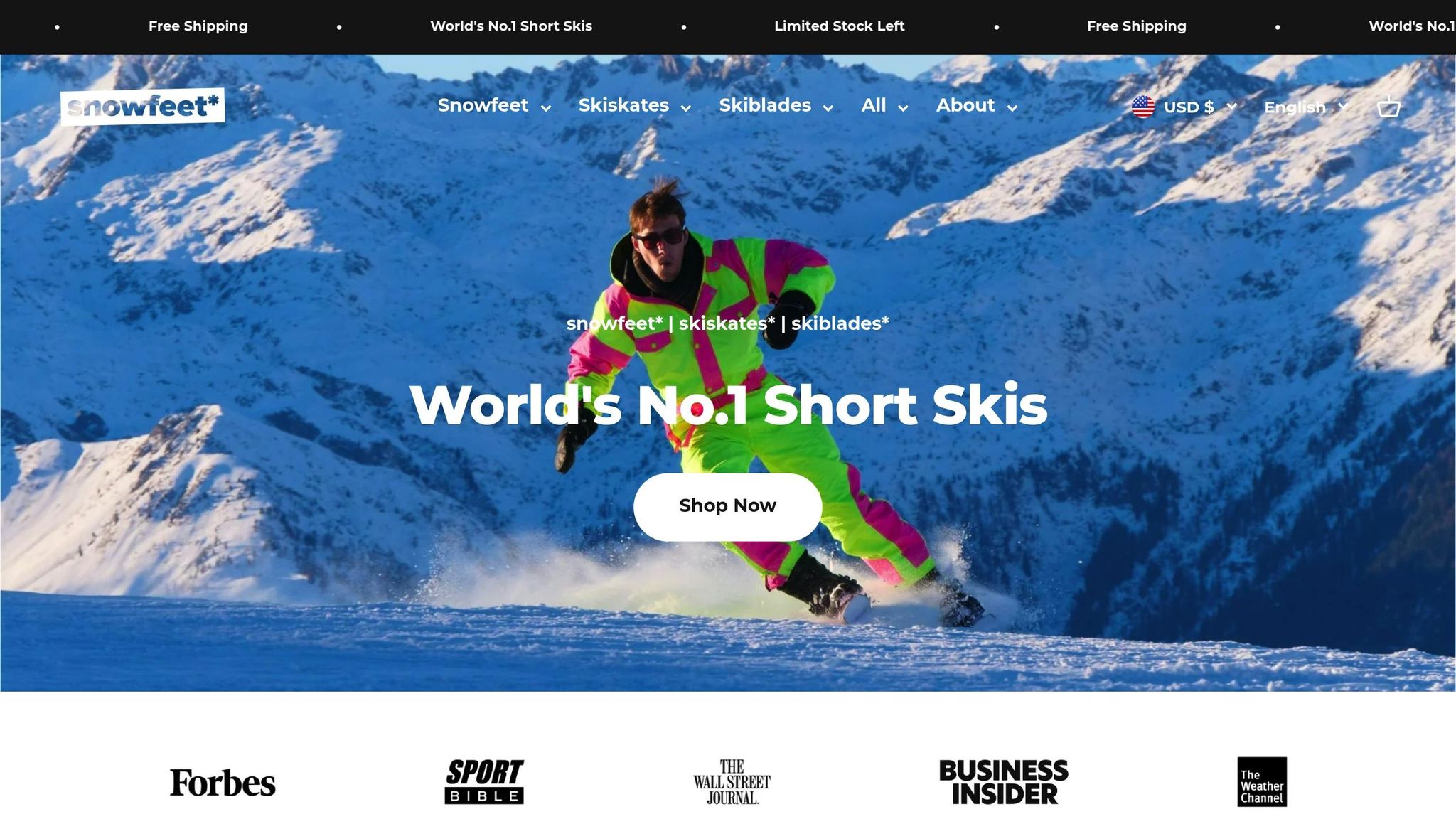
The difference in ski length greatly affects how the ski behaves, offering either more stability or increased agility. Short skis, like those from Snowfeet, stand out in specific situations:
- Terrain Parks: Allow for quick movements and sharp transitions.
- Moguls: Easier to navigate tight, bumpy sections.
- Learning Progression: Easier to control, helping beginners improve faster.
- Fatigue Reduction: Less effort is needed to make turns, reducing strain.
These design advancements have made skiing more approachable for newcomers while still delivering excellent performance for seasoned skiers.
Carving Skills Guide
Learn the carving technique by focusing on precise edge control. According to research, only 10% of recreational skiers can execute a properly carved turn [2].
Building on the design features mentioned earlier, improving your carving skills can elevate your performance on the slopes.
Edge Control Basics
Start by positioning your body evenly over the outside ski, allowing the ski's design to guide a smooth turn. A well-executed carved turn will result in:
- Smooth turns with minimal skidding
- Clean, narrow tracks in the snow where the tip and tail follow the same path
- A natural turning motion without excessive effort or forced rotation
The unique shape of Snowfeet skis makes quick transitions easier, as highlighted in their design.
Carving Steps for Beginners
Begin on a gentle, wide slope with clear visibility. Follow these steps to build your carving skills:
-
Edged Traverse
Cross the slope with your skis slightly tilted inward. This helps you feel how the ski edges grip the snow. -
Carved Uphill Arcs
From the traverse, increase the edge angle by tipping the skis further. Keep your movements minimal and let the skis naturally initiate the turn. -
J-Turn Development
Practice J-turns by following these steps:- Start heading straight downhill at a moderate speed.
- Tip the skis onto their edges.
- Let the turn develop naturally as you move uphill.
- Finish with control to complete the turn.
Learning with Snowfeet Short Skis
Snowfeet's compact design offers specific advantages for learning:
| Learning Aspect | Benefit with Short Skis |
|---|---|
| Edge Control | Responds better to subtle movements |
| Balance | Easier to manage weight distribution |
| Progression | Speeds up skill improvement with less fatigue |
To get the most out of your practice, let the skis guide the turn instead of forcing it. Avoid rushing, over-steering, or using too little edge angle. Focus on maintaining proper form to refine your carving technique.
sbb-itb-17ade95
Ski Selection Guide
Choosing the right carving skis can greatly improve your skiing experience. Here's what to keep in mind:
Key Selection Criteria
Your skill level and the type of terrain you plan to ski on are crucial factors.
Skill Level
If you're an advanced skier, skis over 170 cm offer better stability and grip at high speeds. For beginners or those focusing on recreational skiing, skis under 160 cm are easier to handle and help develop skills.
Terrain
Shorter skis are ideal for groomed slopes, providing better control. On the other hand, longer skis are better suited for ungroomed or off-piste terrain, where extra length helps with stability.
"Short skis are a smart entry choice: lighter, easier to control, and user-friendly." - Snowfeet Team [1]
Snowfeet Size Options
Snowfeet offers a range of models designed for different skiing styles and skill levels:
| Model Length | Ideal For | Key Benefits |
|---|---|---|
| 65 cm Skiblades | Beginners, Freestyle | Maximum maneuverability; easy turning |
| 99 cm Skiblades | Intermediate | Balance of control and stability |
| 120 cm Freedom | Advanced | Increased stability; traditional ski feel |
Each model is tailored to provide specific advantages. For example, the 99 cm Skiblades strike a balance between agility and stability, making them a versatile choice for most recreational skiers.
Size and Performance Chart
The table below highlights how ski length affects performance:
| Performance Aspect | Short Skis (<160 cm) | Long Skis (>170 cm) |
|---|---|---|
| Maneuverability | Highly responsive | Requires more effort |
| Learning Curve | Faster progression | Steeper learning curve |
| Speed Stability | Moderate | Excellent |
| Practicality | Easy to carry/store; less fatigue | More demanding; requires more energy |
For recreational skiers, shorter skis often provide the best mix of control, ease of use, and reduced physical strain. This makes them a great choice for both beginners and those looking to enjoy a more relaxed experience on the slopes.
Care and Equipment
To keep your carving skis performing at their best, regular maintenance and proper setup are key. Here's how to take care of your skis and the equipment you'll need for the job.
Maintenance Steps
Pay attention to these critical areas:
Edge Maintenance
Sharp edges are crucial for precise turns. Use a handy edge tuner or take your skis to a professional service shop for tuning. After each session, dry the metal edges to prevent rust from forming.
Base Care
Applying wax improves glide and protects the ski base from wear.
Storage Protection
Store your skis in a dry, controlled environment. Apply oil to the edges before storage to keep rust at bay.
Having the right tools and gear is just as important as maintenance itself.
Snowfeet Gear Guide
Equip yourself with these tools to streamline your ski care routine:
| Equipment Type | Purpose |
|---|---|
| Edge Tuner | Keeps edges sharp for better control |
| Base Wax | Improves glide and protects the base |
| Replacement Straps | Fits various boot sizes |
| Storage Oil | Prevents rust on metal edges |
Setup and Adjustment
Once your skis are in top shape, setting them up properly ensures a secure and responsive ride. Adjust your Snowfeet gear to match your needs for the best performance.
Binding Adjustment
Use a screwdriver to adjust bindings to your boot size. Choose the right strap holes and trim any excess for a snug fit.
Strap Customization
For a personalized fit:
- Use longer straps for larger boots.
- Switch to shorter straps for smaller boots.
- Adjust straps to ensure a secure and comfortable connection.
A well-adjusted setup enhances control and responsiveness, giving you a smoother experience on the slopes.
Summary
Carving skis have transformed skiing by offering better control and precision. The development of carving technology has led to innovations like Snowfeet short skis, which perform well across various terrains while retaining the core features of carving skis.
Here's what sets carving skis apart:
| Feature | Advantage | Ideal For |
|---|---|---|
| Shaped Design | Creates clean, smooth tracks | Precise turns |
| Edge Control | Handles higher G-forces | Advanced techniques |
| Shorter Length | Easier to maneuver | Quick turns and tricks |
| Modern Materials | Boosts durability | All-day skiing |
Short skis, like Snowfeet models (65-120 cm), make edge control simpler and help skiers feel more confident in their turns. As the Snowfeet Team explains:
"With short skis, turning becomes a breeze... short skis give you more control and agility" [4]
Whether you're a seasoned skier or a beginner, modern carving ski designs offer options tailored to your abilities and preferences. Choosing the right size and design for your goals - and maintaining your equipment - can make all the difference.
"A carved turn is where the ski is bent against its natural camber into an arc, and that arc shape guides the skis along a curved path" [3]
This summary highlights the key points about ski design, technique, and care discussed earlier.
FAQs
How do I choose the right ski length based on my skill level and terrain preferences?
Choosing the right ski length depends on factors like your height, weight, skill level, and the type of terrain you enjoy skiing on. As a general rule, skis should range from your chin to the top of your head in length.
Shorter skis are more maneuverable and easier to control, making them ideal for beginners or those who prefer tighter turns on groomed slopes. Longer skis, on the other hand, provide better stability and are great for advanced skiers or those tackling high speeds and varied terrain.
Consider additional factors like snow conditions and your skiing style to find the perfect fit. If you're unsure, starting with a slightly shorter ski can help build confidence while you refine your technique.
How do Snowfeet short skis compare to traditional carving skis in terms of performance?
Snowfeet short skis and traditional carving skis each offer distinct performance benefits, tailored to different skiing styles and preferences. Traditional carving skis, such as those from brands like Rossignol, Atomic, or Head, are designed for smooth, high-speed turns on groomed slopes. Their longer length and sidecut geometry provide stability and control, especially for advanced skiers tackling steep terrain.
Snowfeet short skis, on the other hand, are compact and highly maneuverable, making them perfect for quick, tight turns and a playful experience on the slopes. Their shorter length (ranging from 65 cm to 120 cm) offers greater versatility, allowing skiers to navigate narrow trails or perform tricks with ease. While they may not match the top speeds or edge hold of traditional carving skis, Snowfeet short skis excel in portability, fun, and adaptability, making them an excellent choice for skiers looking to mix things up or try something new.
How can I maintain my carving skis to keep them in great shape?
To keep your carving skis performing their best, inspect them regularly for any signs of damage, such as scratches on the base or dull edges. After each use, dry your skis thoroughly to prevent rust on the edges and other moisture-related damage.
For long-term care, consider periodic maintenance like edge sharpening, base repairs, and waxing. You can do some of this yourself, such as using a diamond stone to smooth out burrs on the edges, but a professional tune-up at the end of the season is highly recommended. Proper storage is also key - keep your skis in a cool, dry place away from direct sunlight or extreme temperatures.

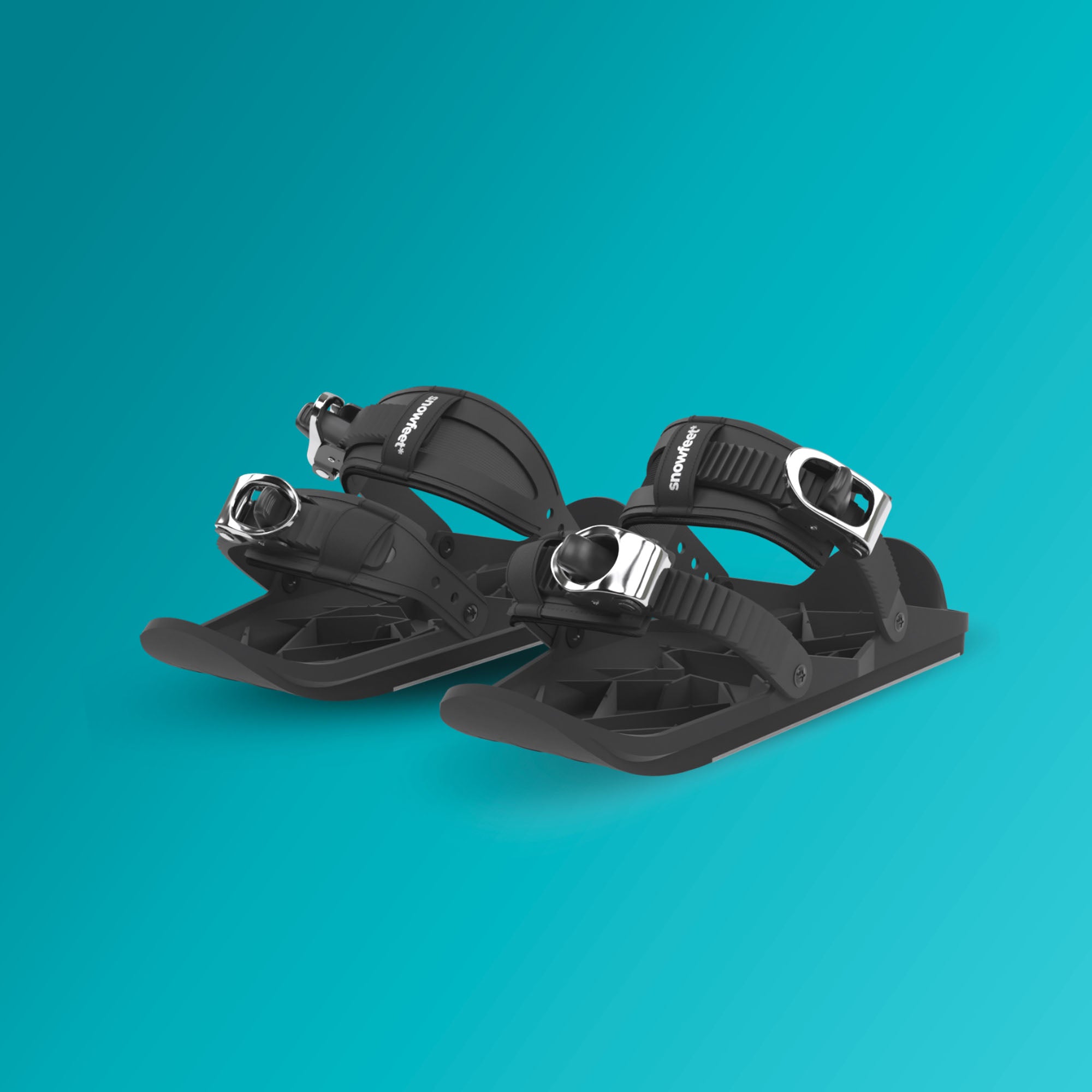


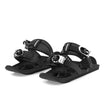
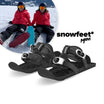

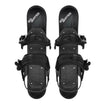


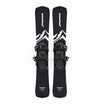
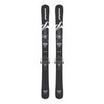
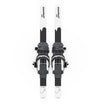
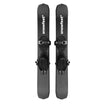
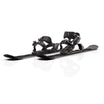
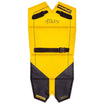

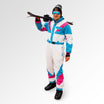
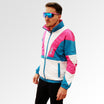
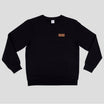
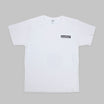
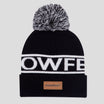
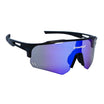
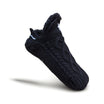
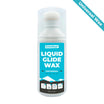
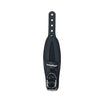
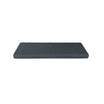
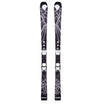




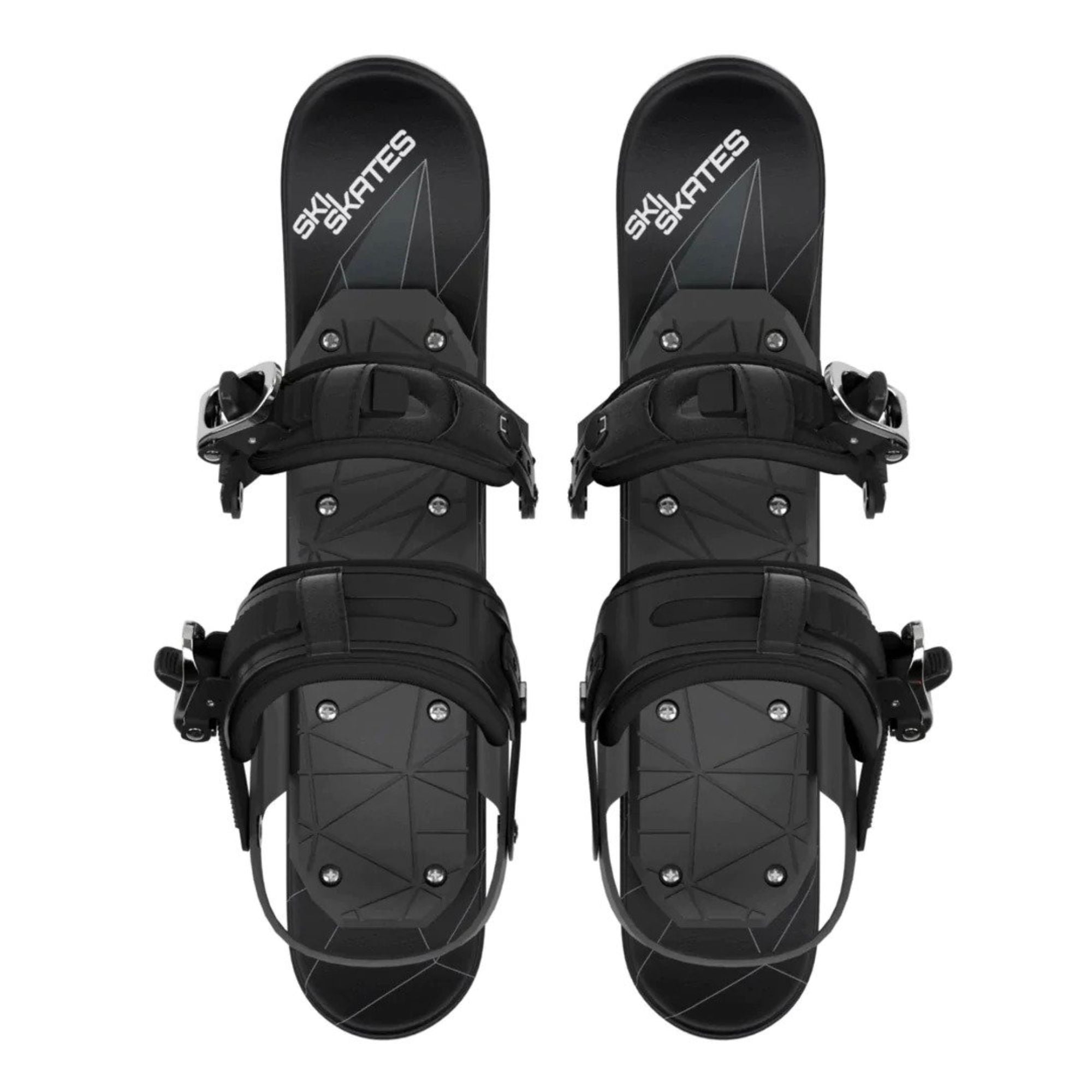
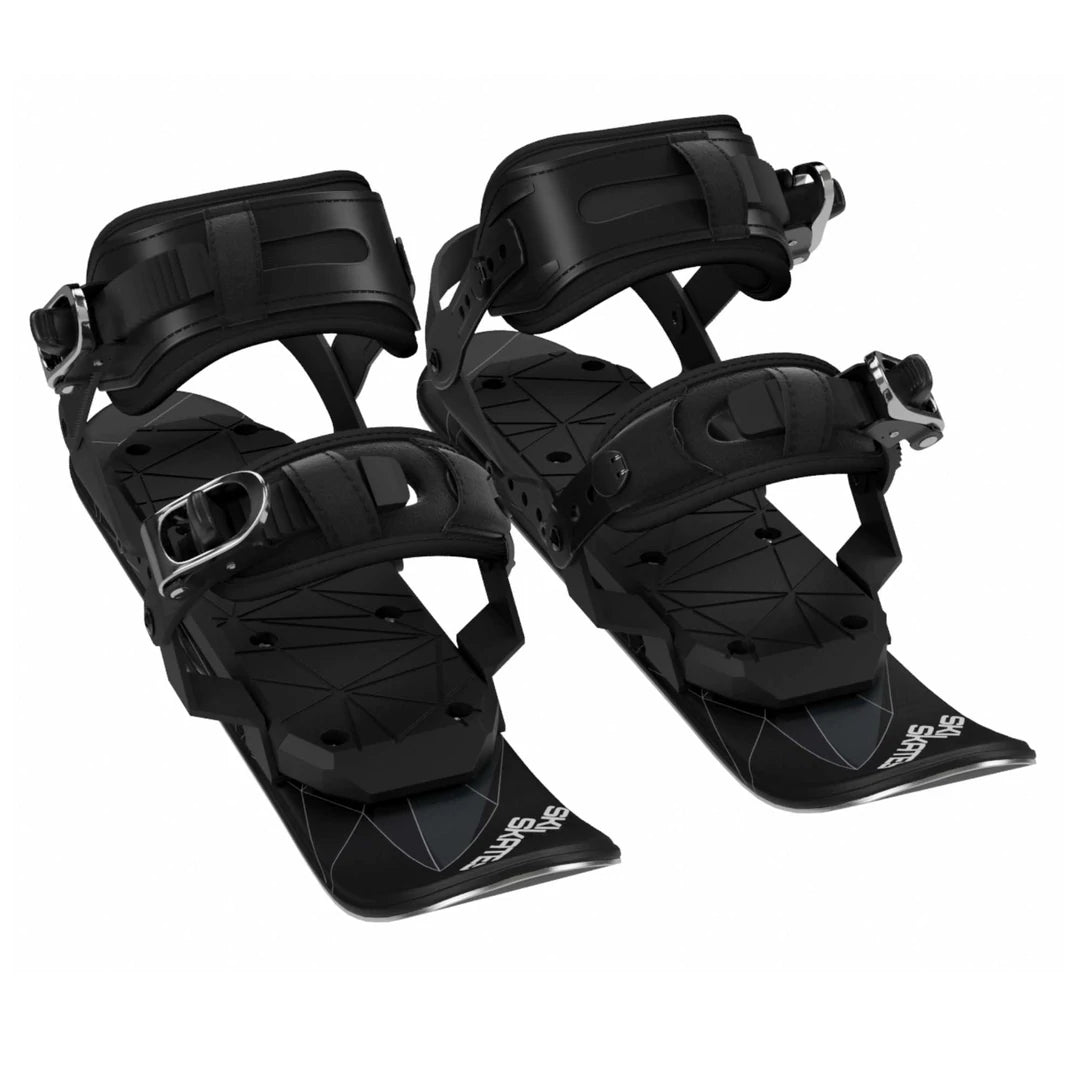
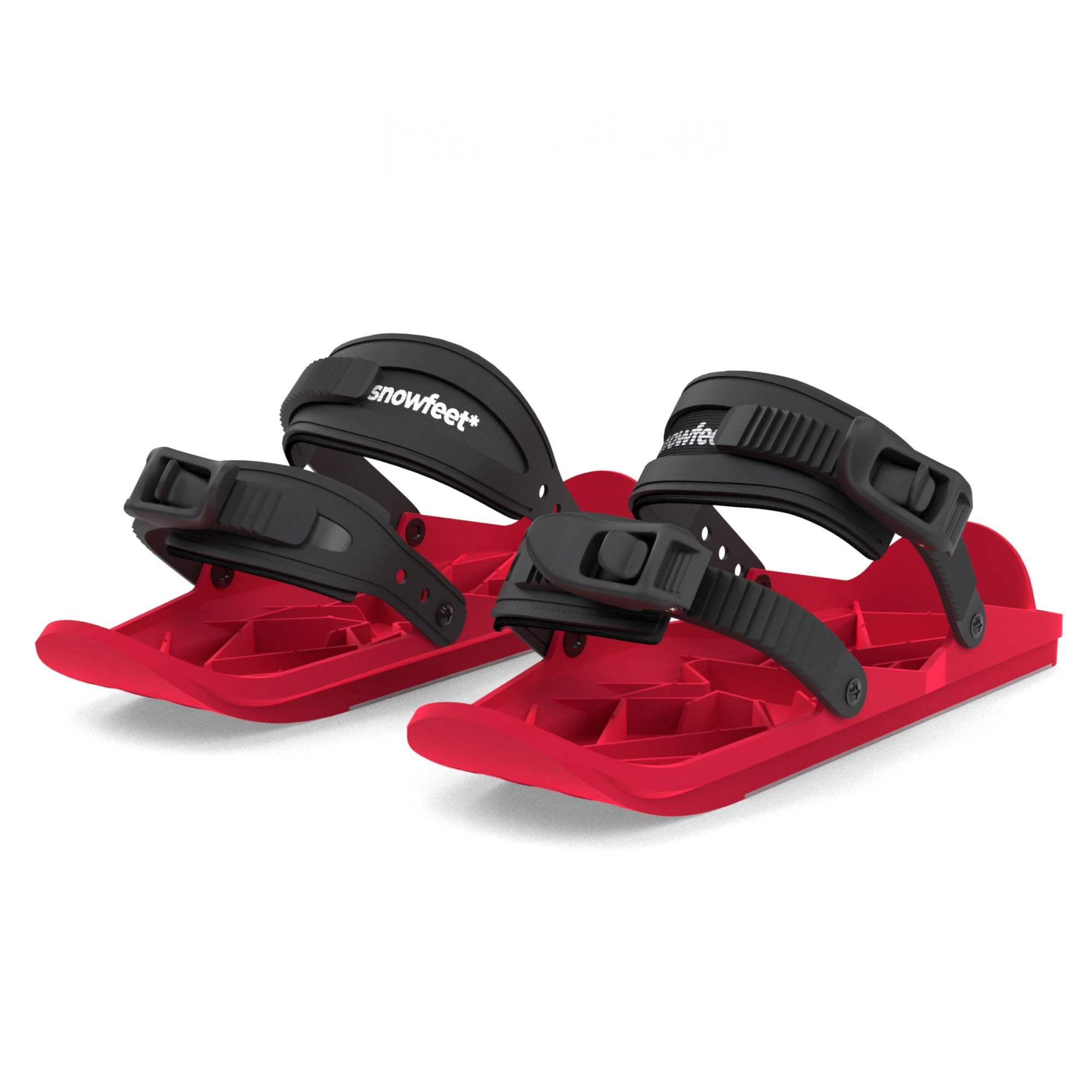
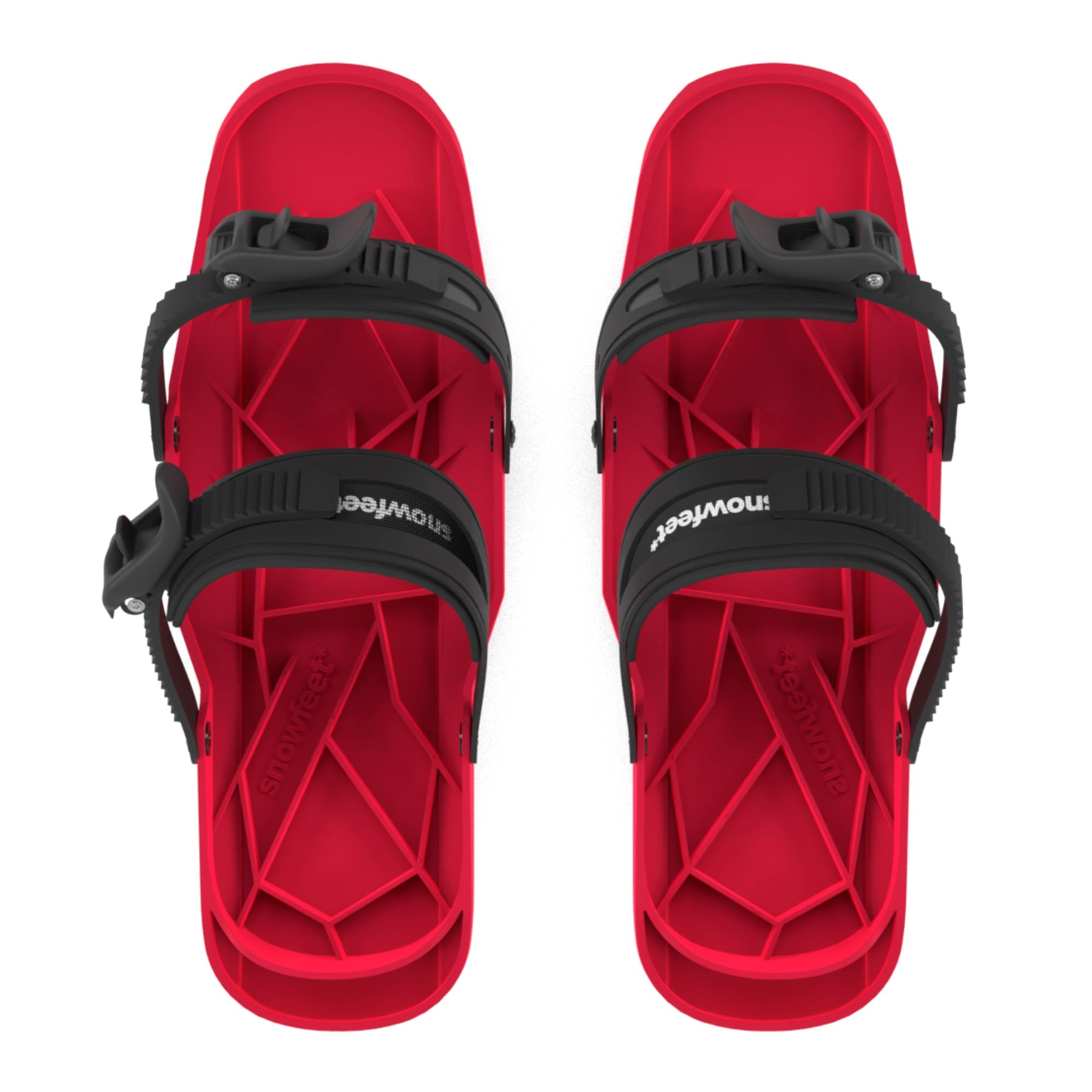




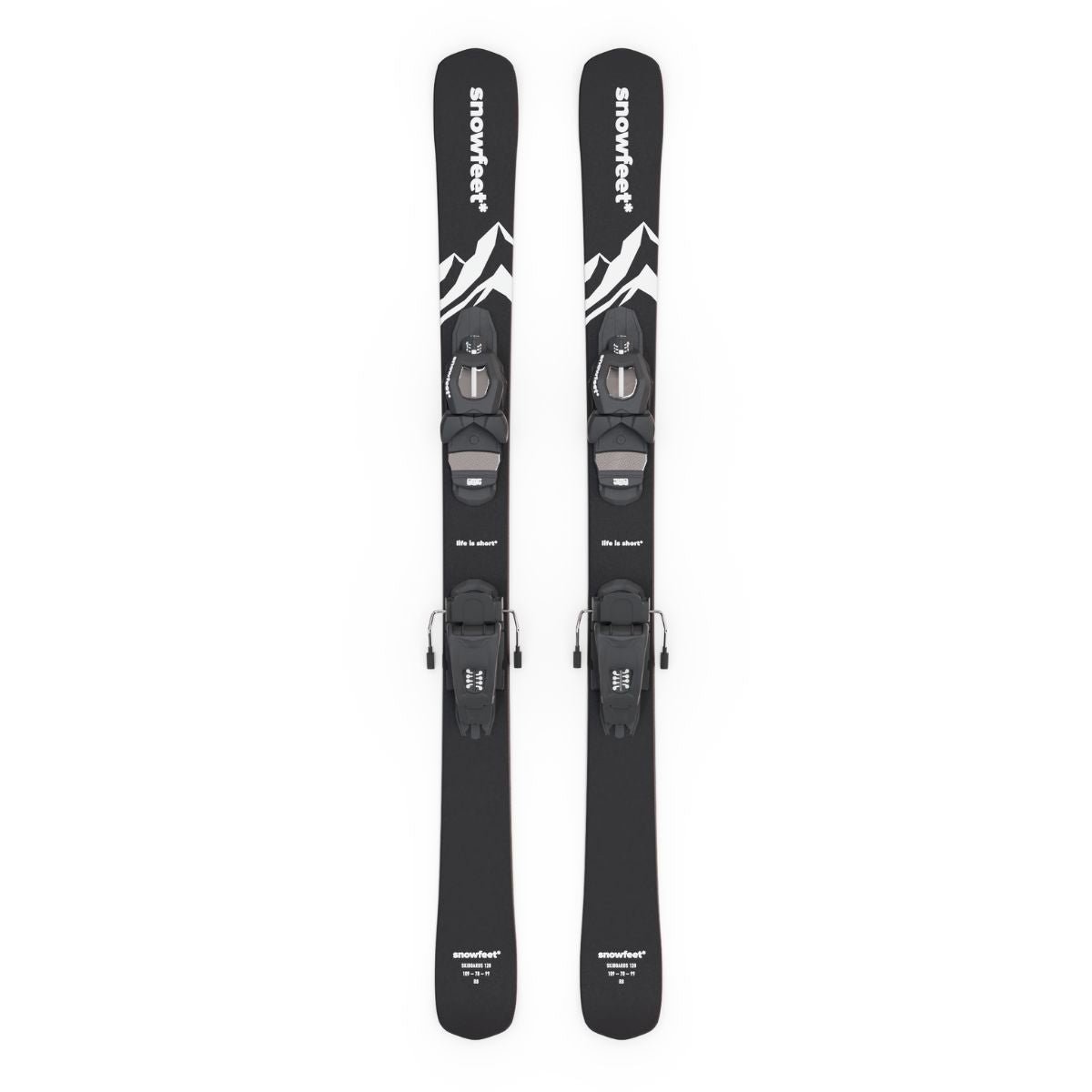
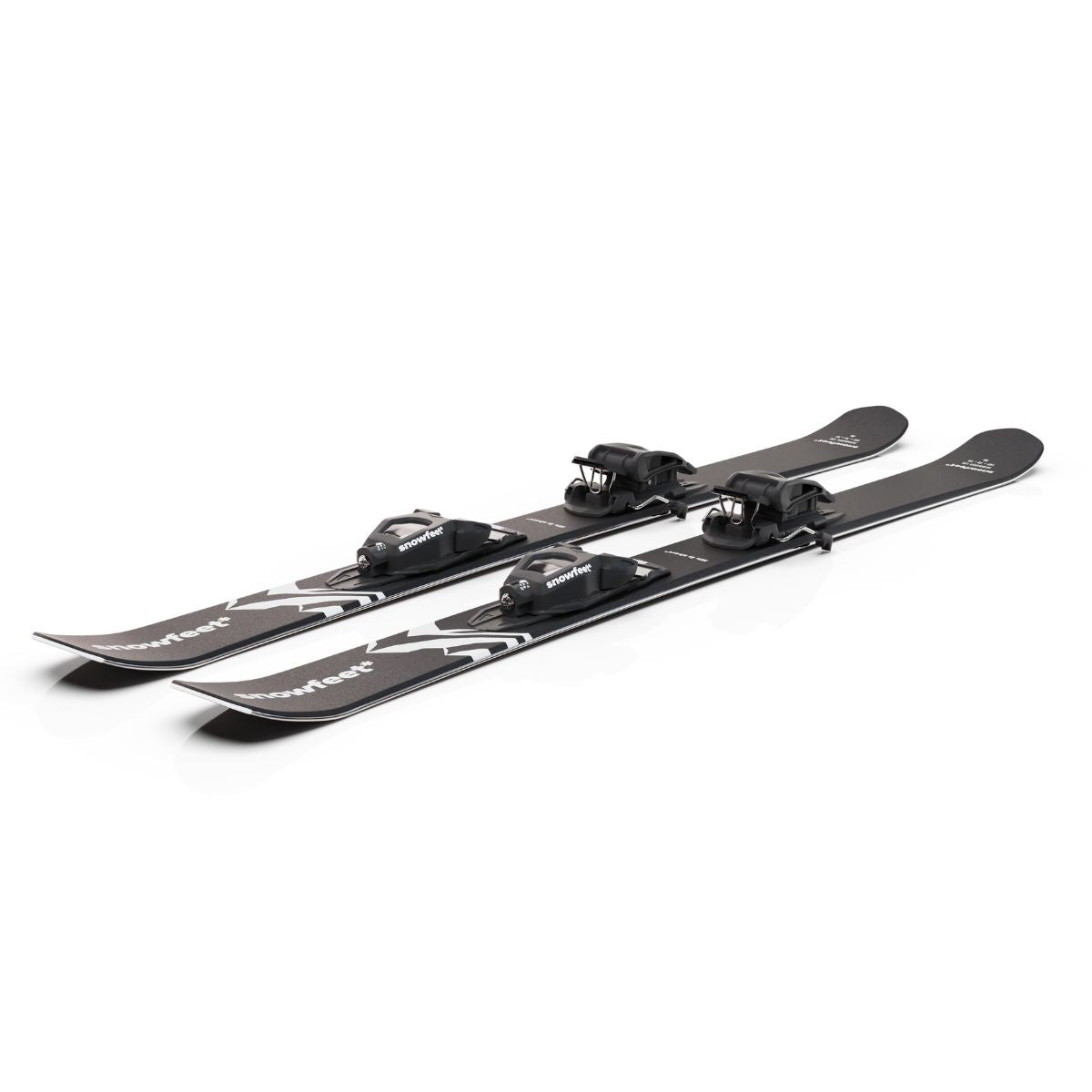
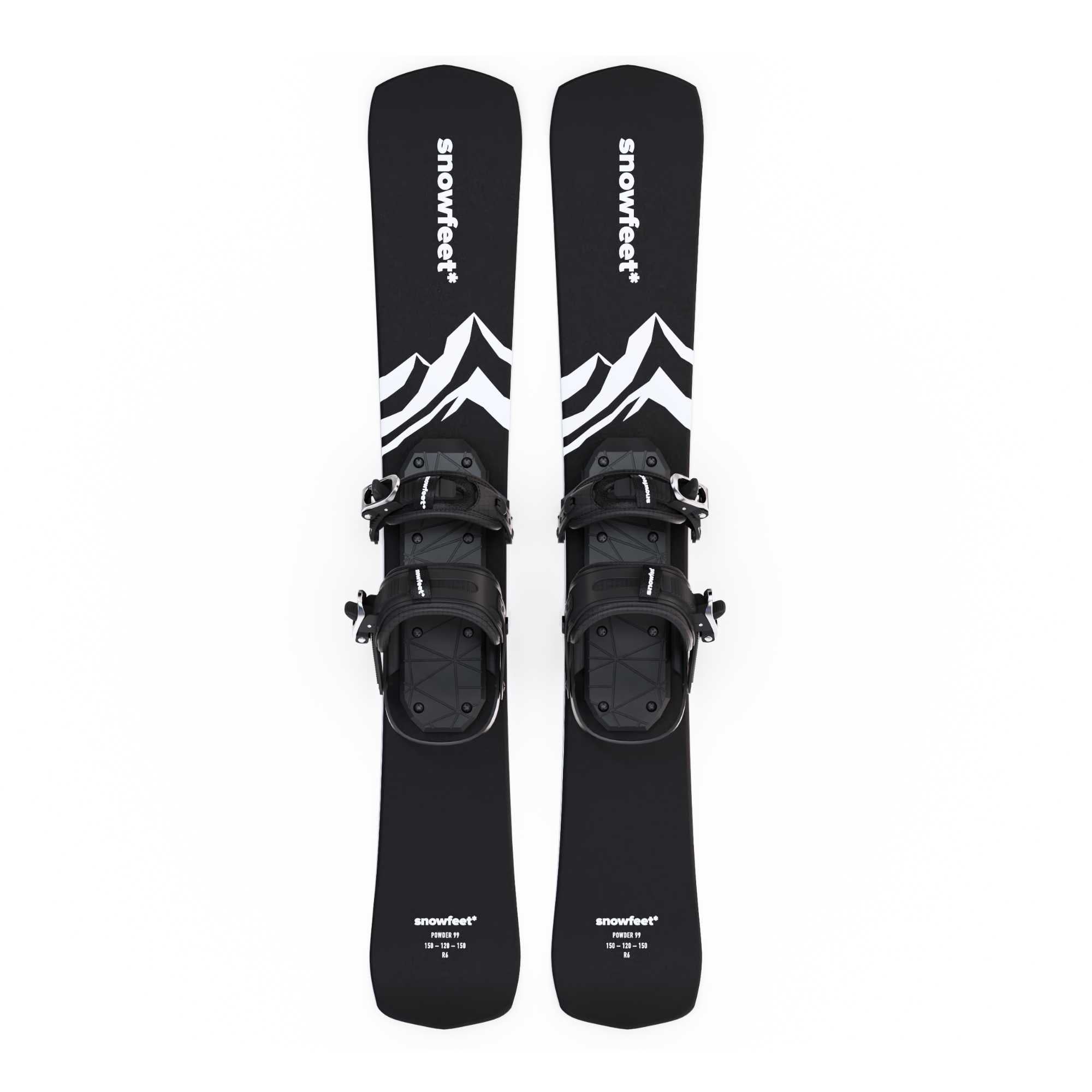
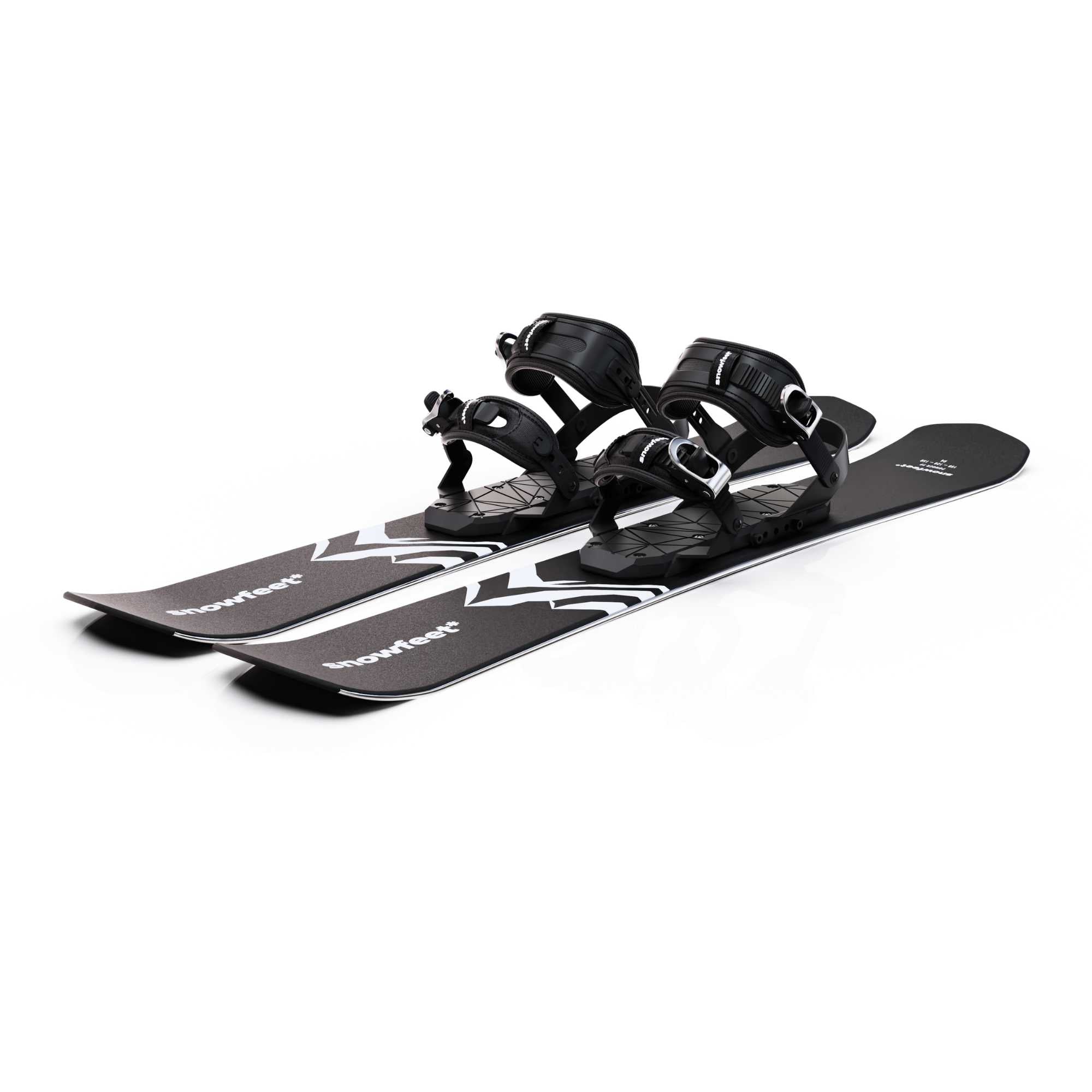
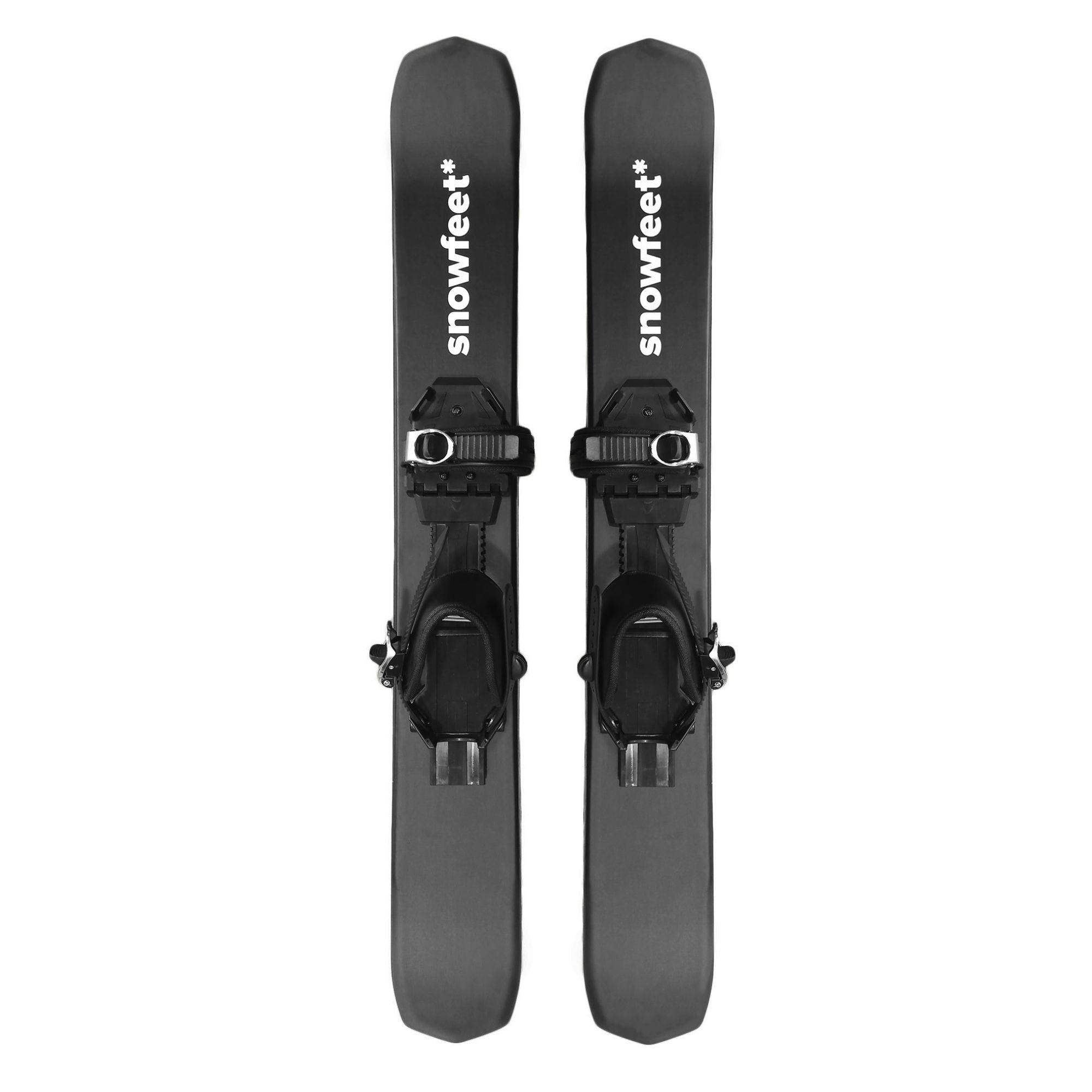
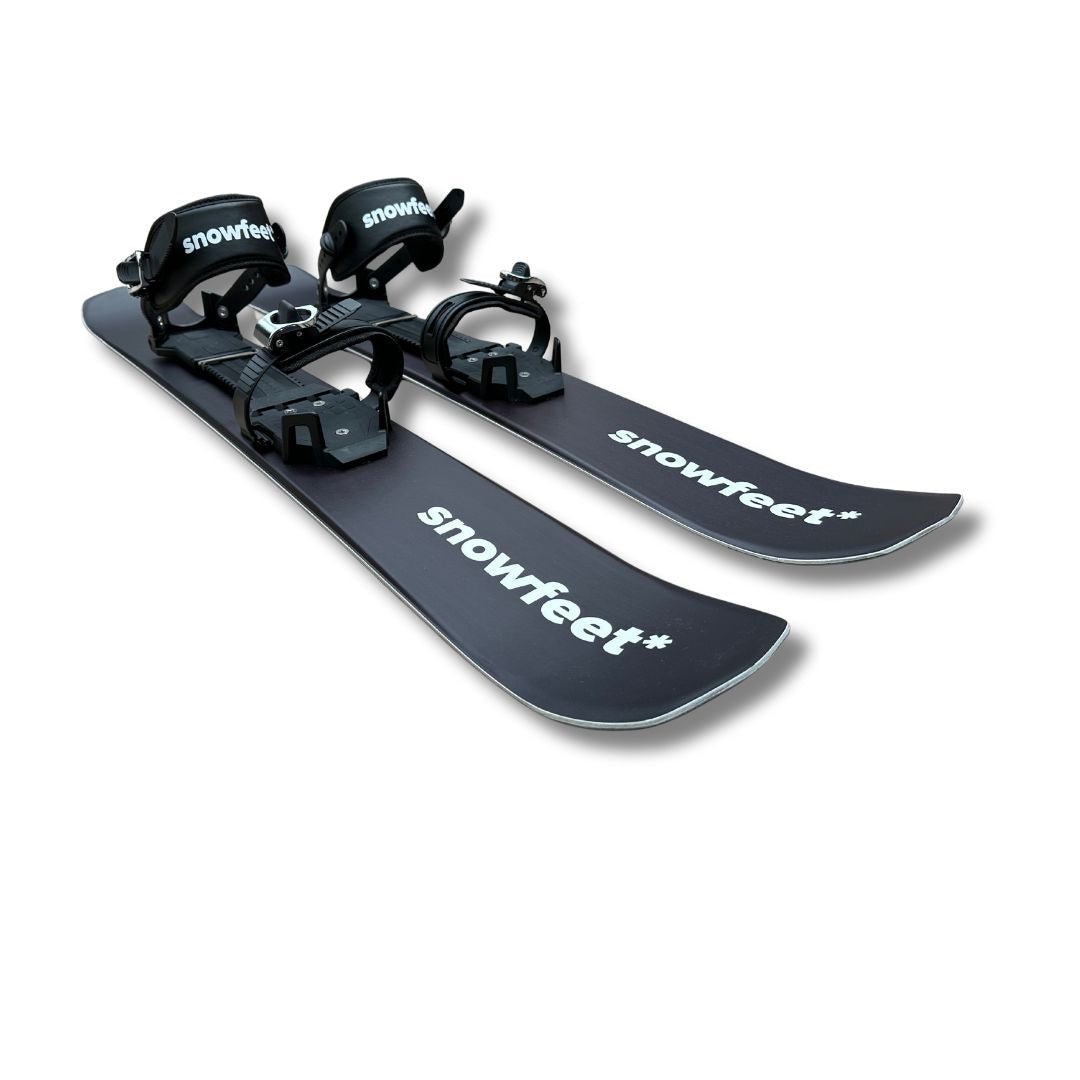
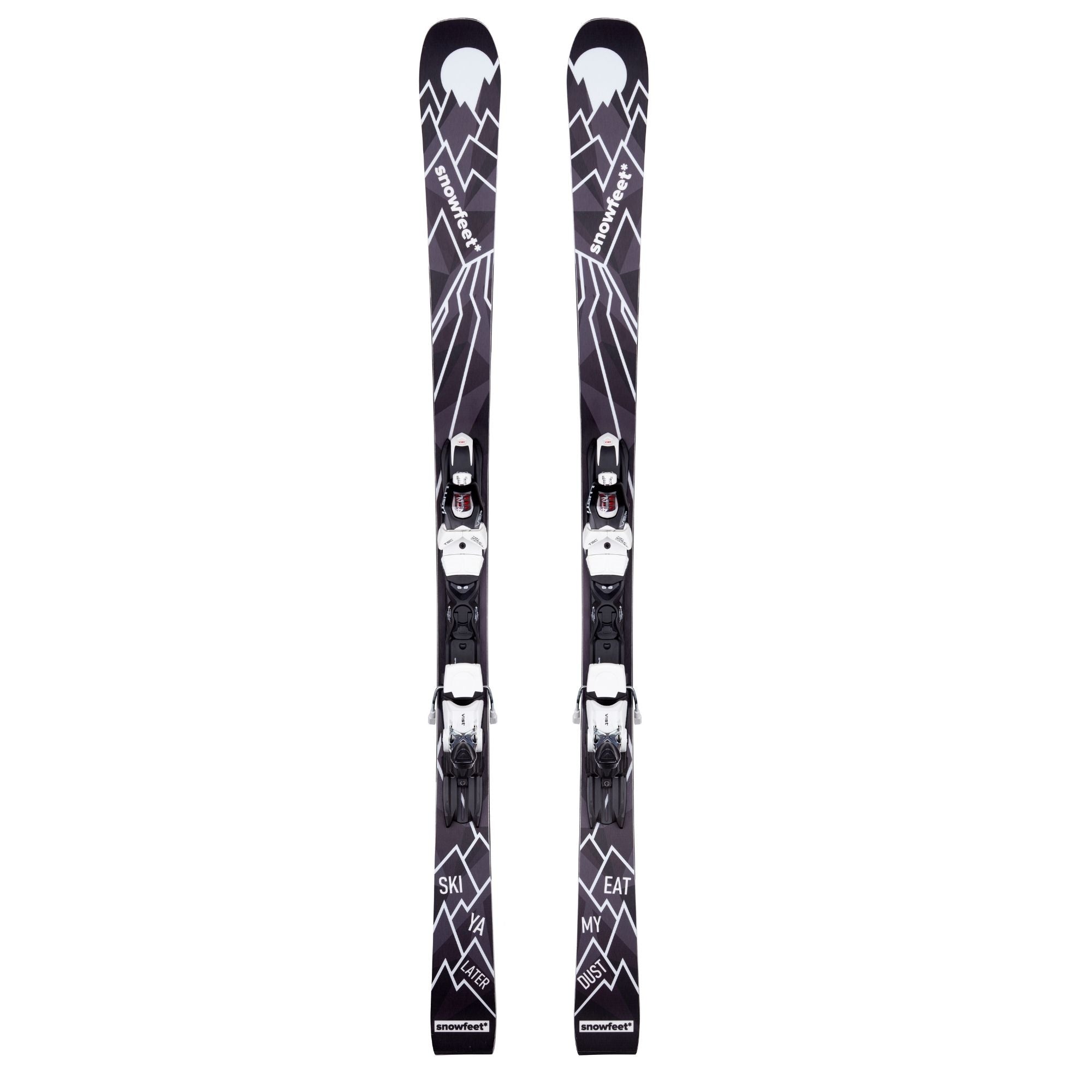
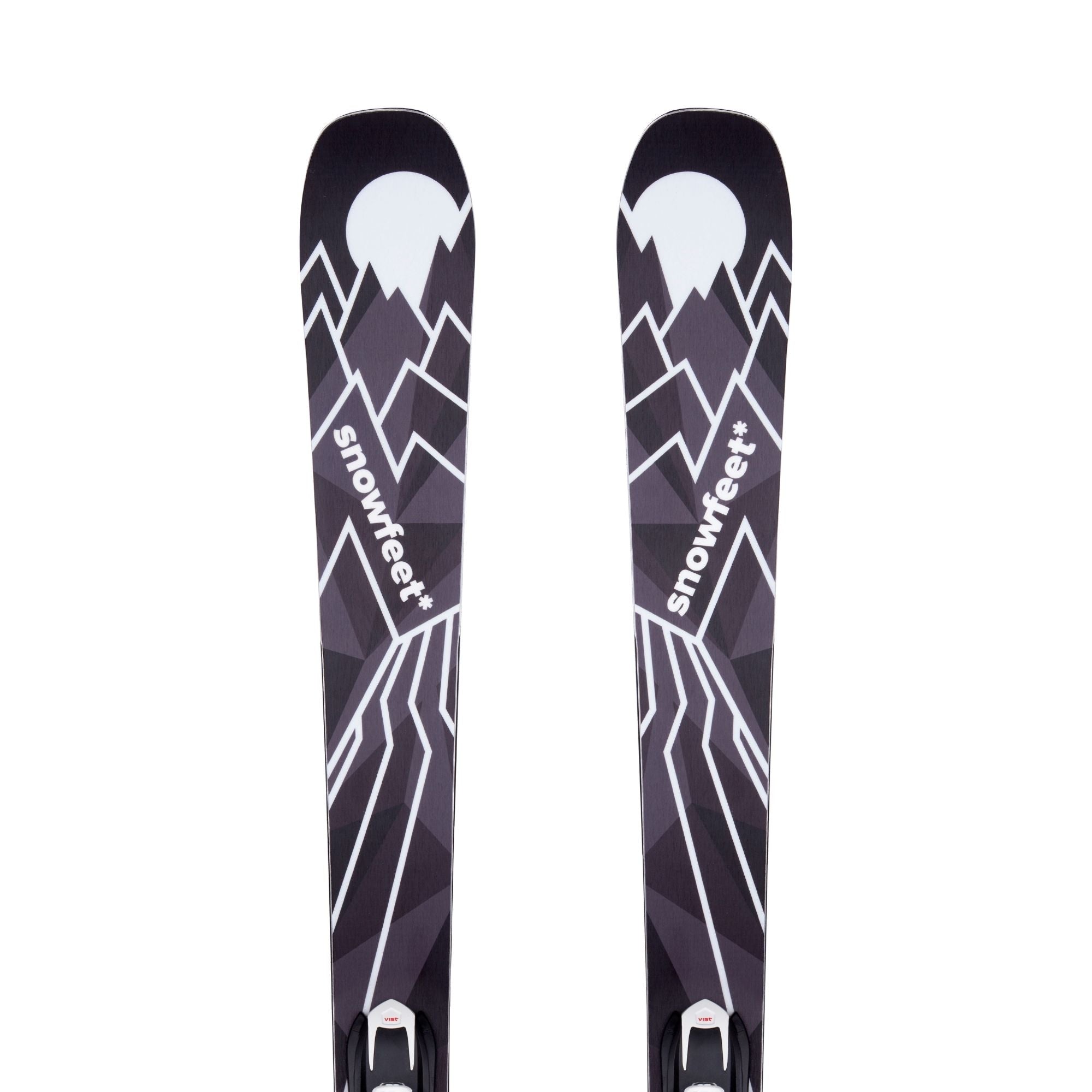
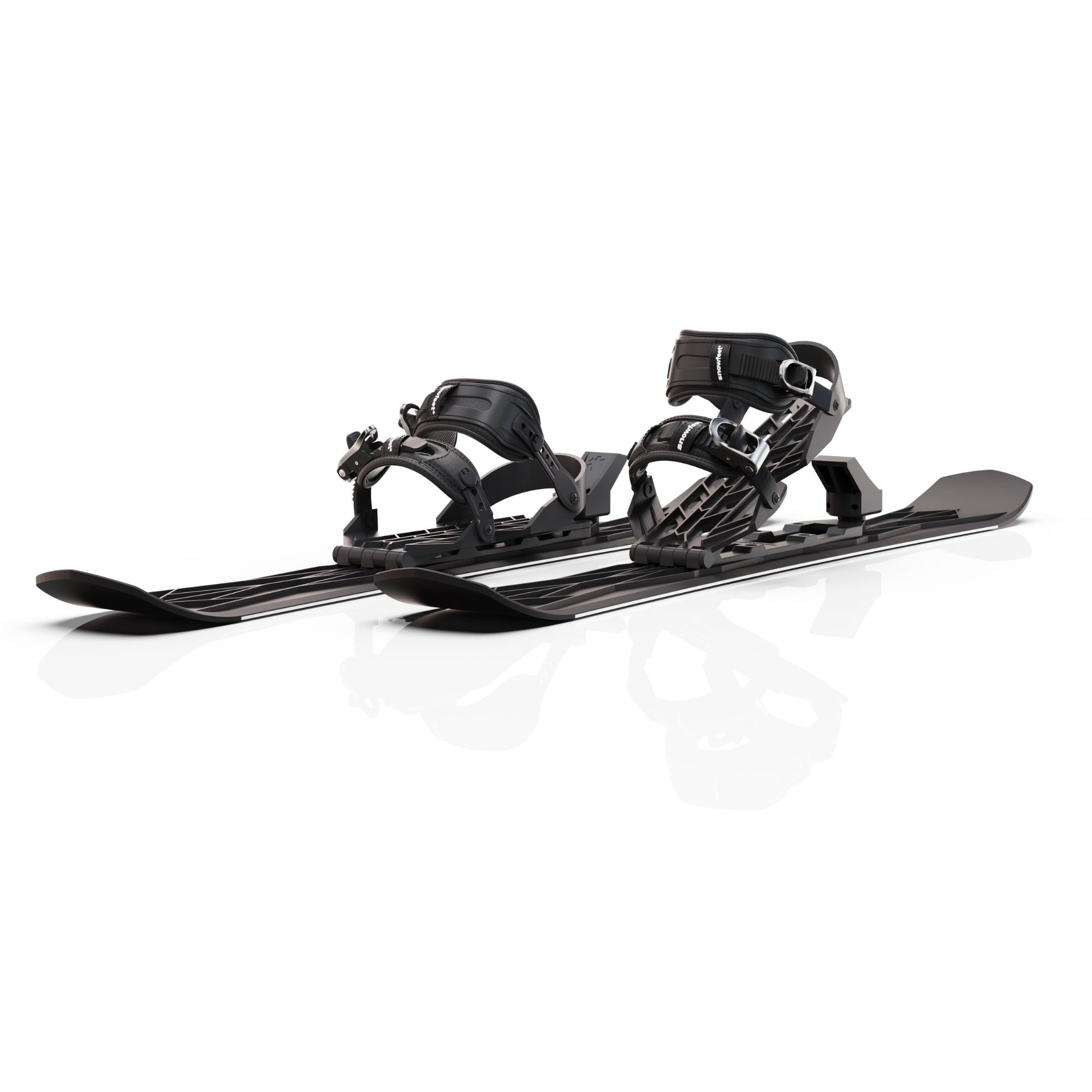

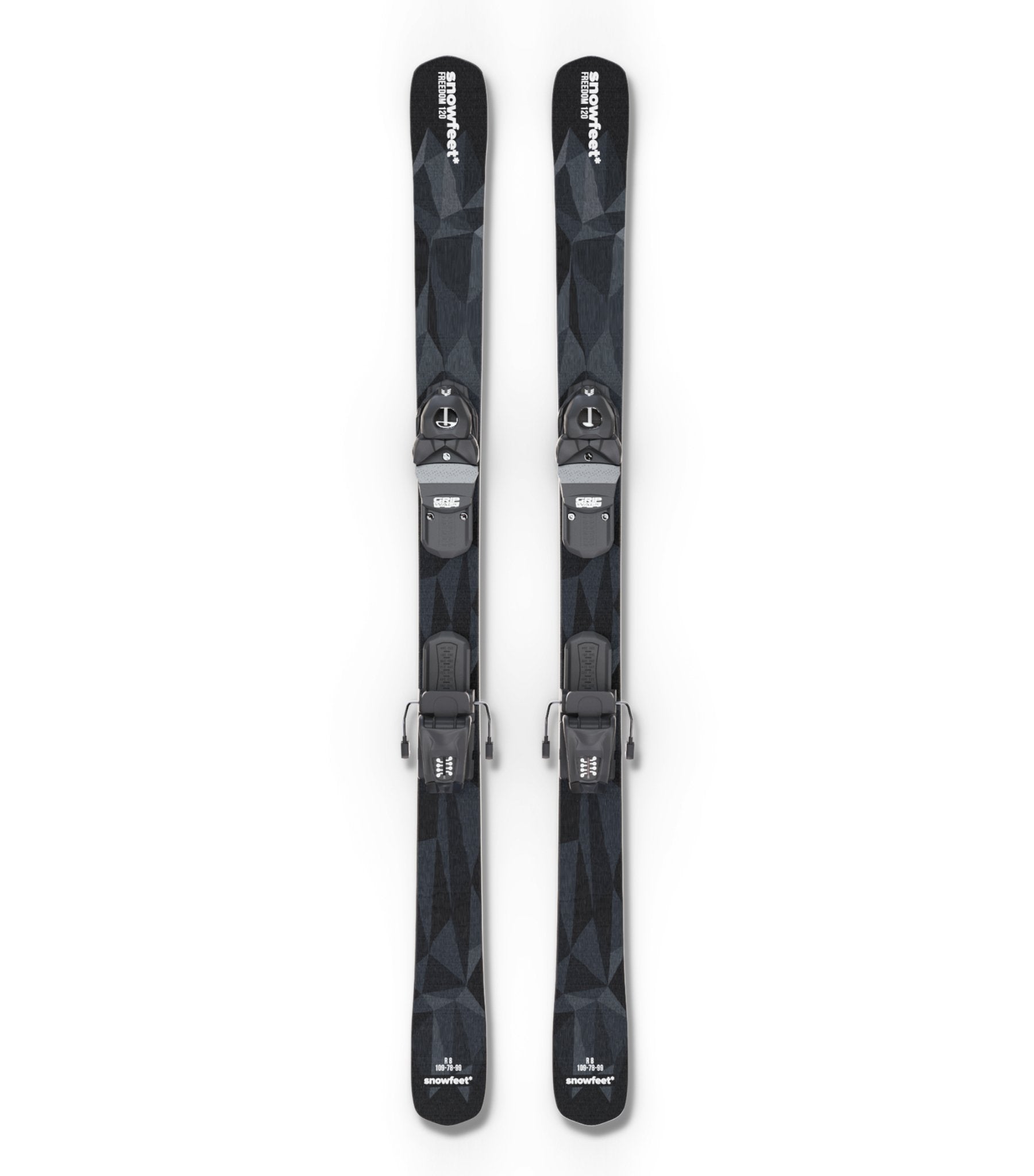
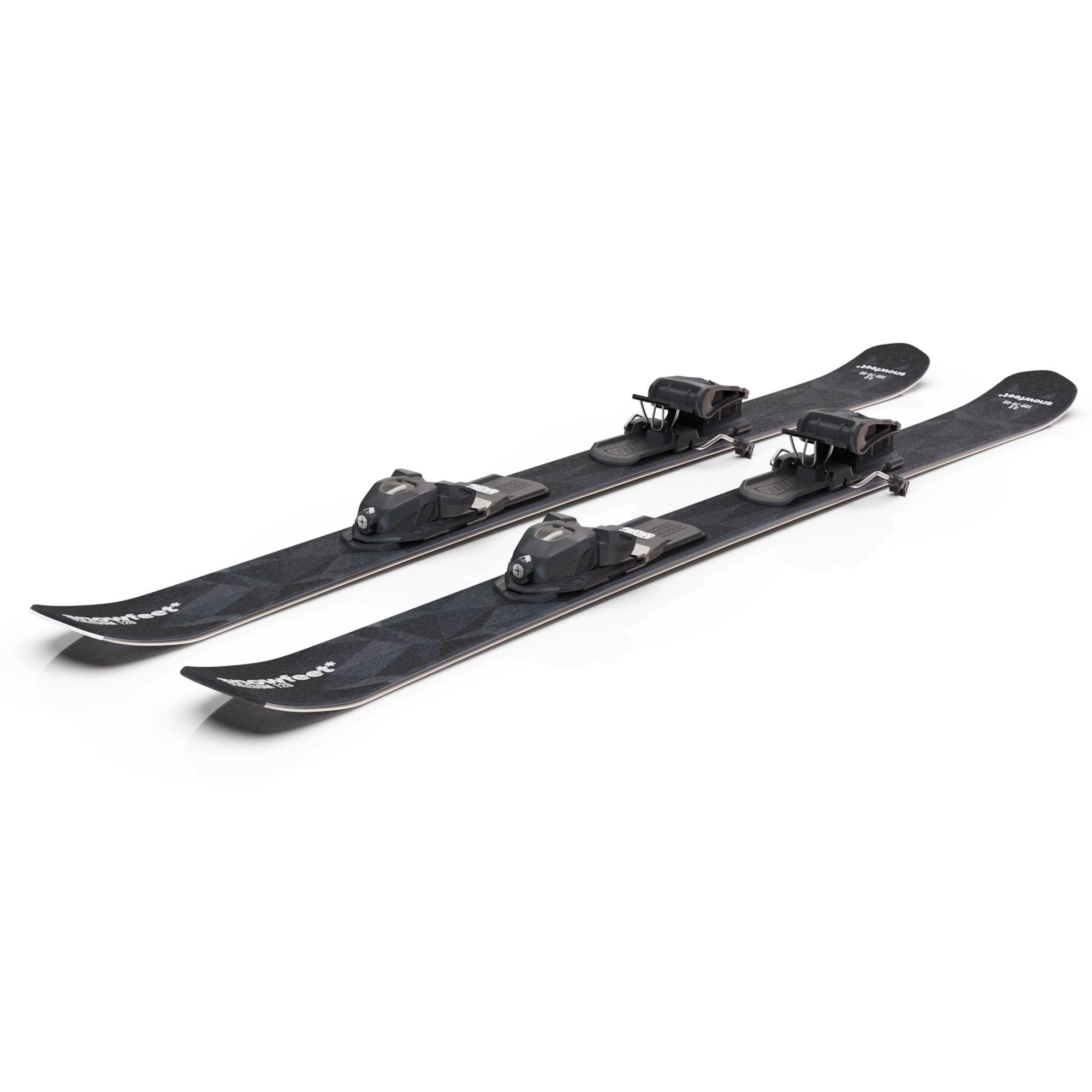
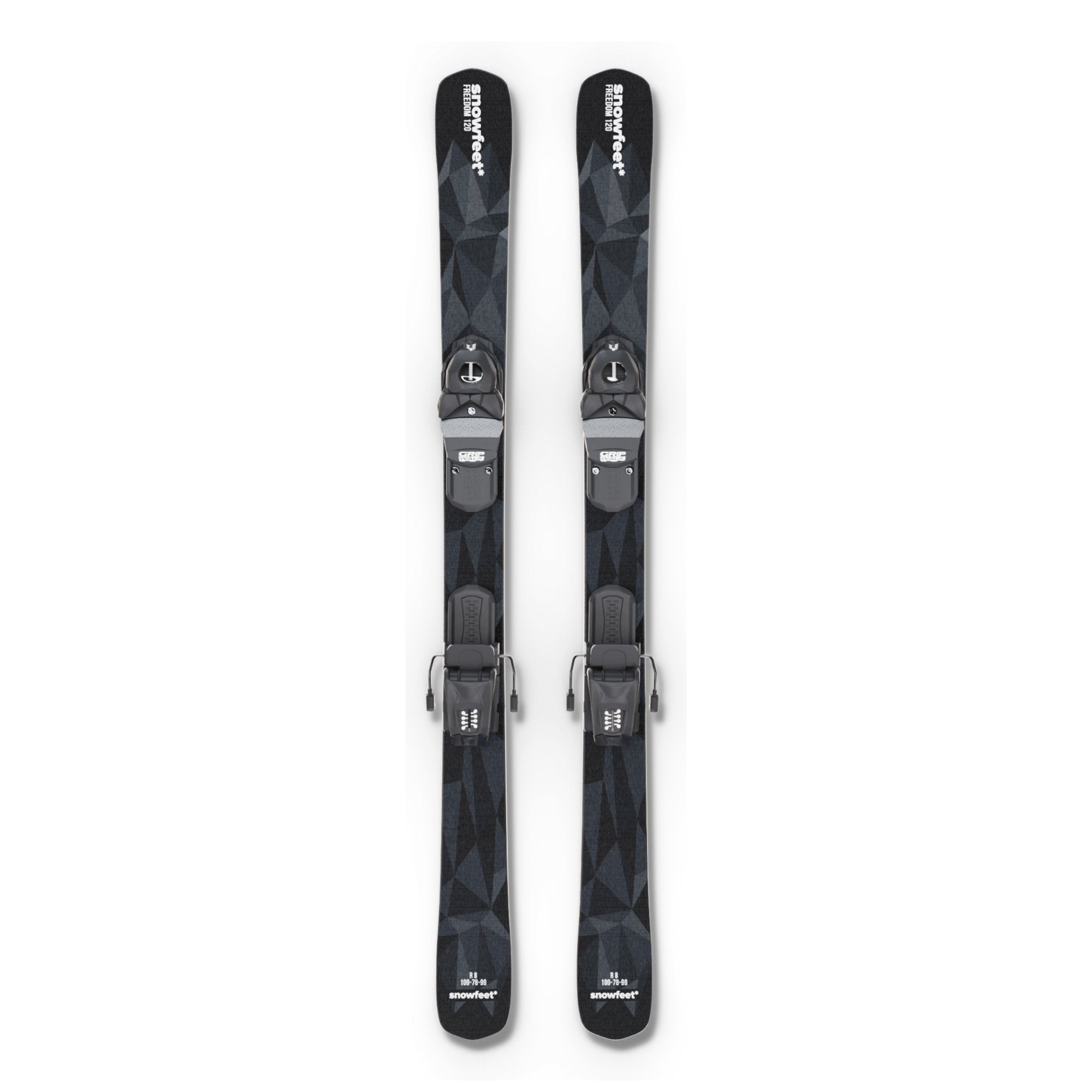
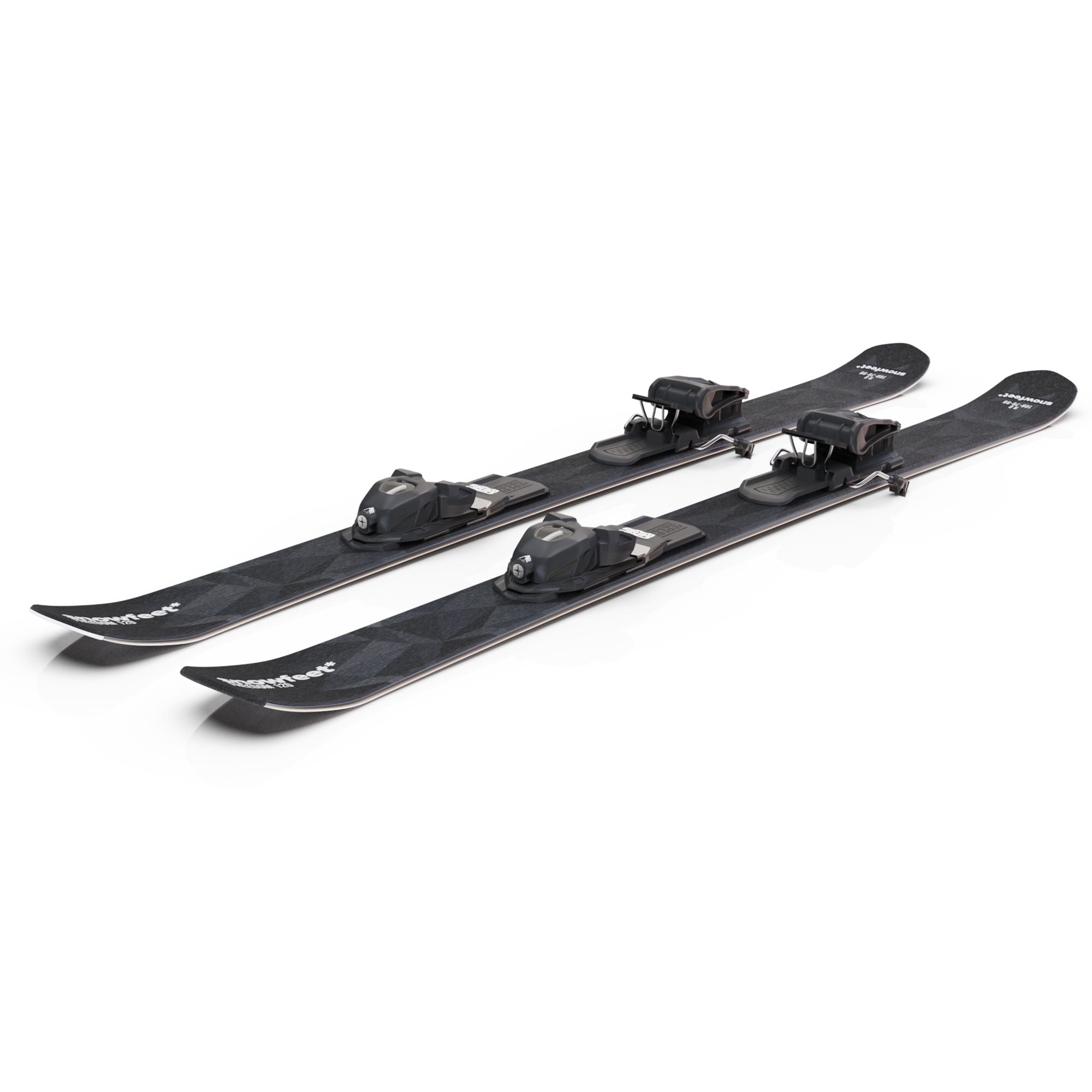
Hinterlasse einen Kommentar
Diese Website ist durch hCaptcha geschützt und es gelten die allgemeinen Geschäftsbedingungen und Datenschutzbestimmungen von hCaptcha.